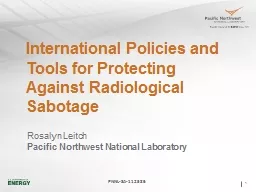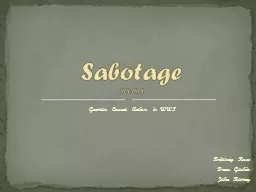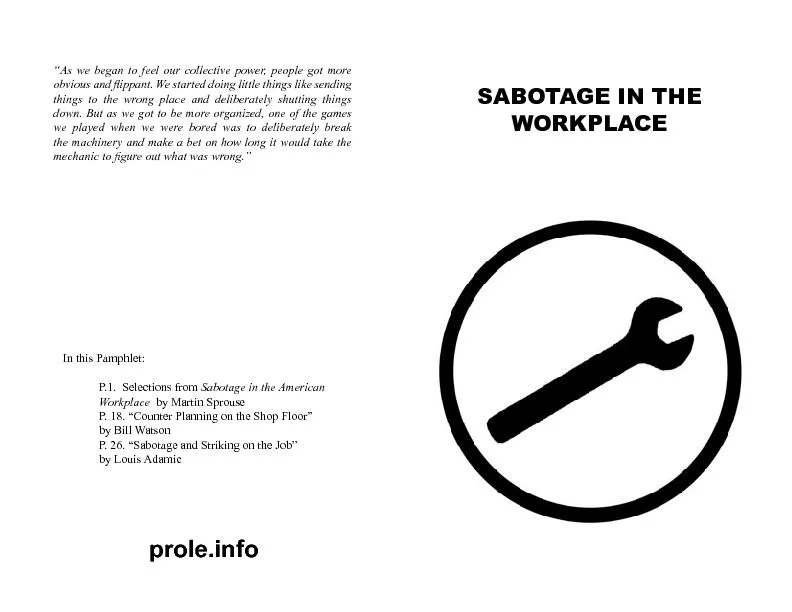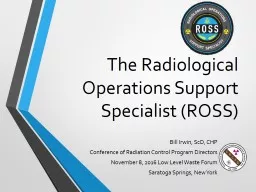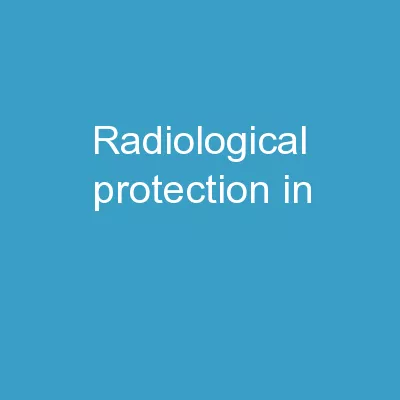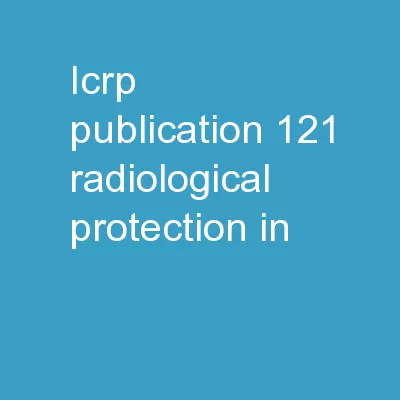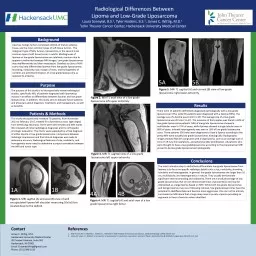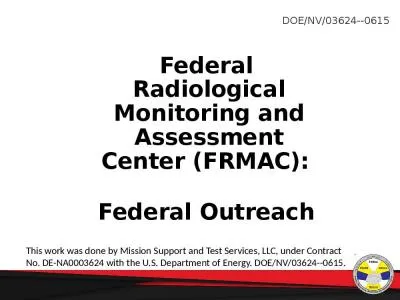PPT-International Policies and Tools for Protecting Against Radiological Sabotage
Author : stefany-barnette | Published Date : 2019-06-23
Rosalyn Leitch Pacific Northwest National Laboratory 1 PNNLSA112586 Overview 2 The Threat of Nuclear T errorism and the International R esponse International
Presentation Embed Code
Download Presentation
Download Presentation The PPT/PDF document "International Policies and Tools for Pro..." is the property of its rightful owner. Permission is granted to download and print the materials on this website for personal, non-commercial use only, and to display it on your personal computer provided you do not modify the materials and that you retain all copyright notices contained in the materials. By downloading content from our website, you accept the terms of this agreement.
International Policies and Tools for Protecting Against Radiological Sabotage: Transcript
Download Rules Of Document
"International Policies and Tools for Protecting Against Radiological Sabotage"The content belongs to its owner. You may download and print it for personal use, without modification, and keep all copyright notices. By downloading, you agree to these terms.
Related Documents

